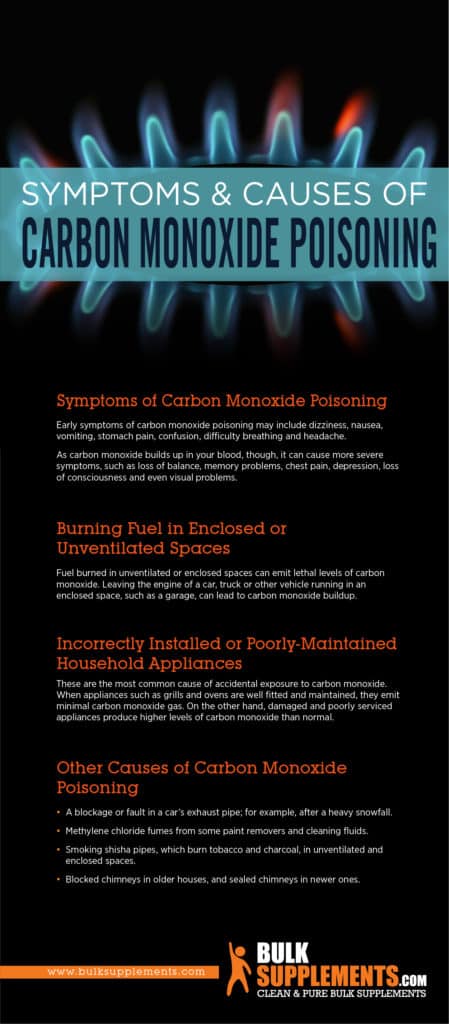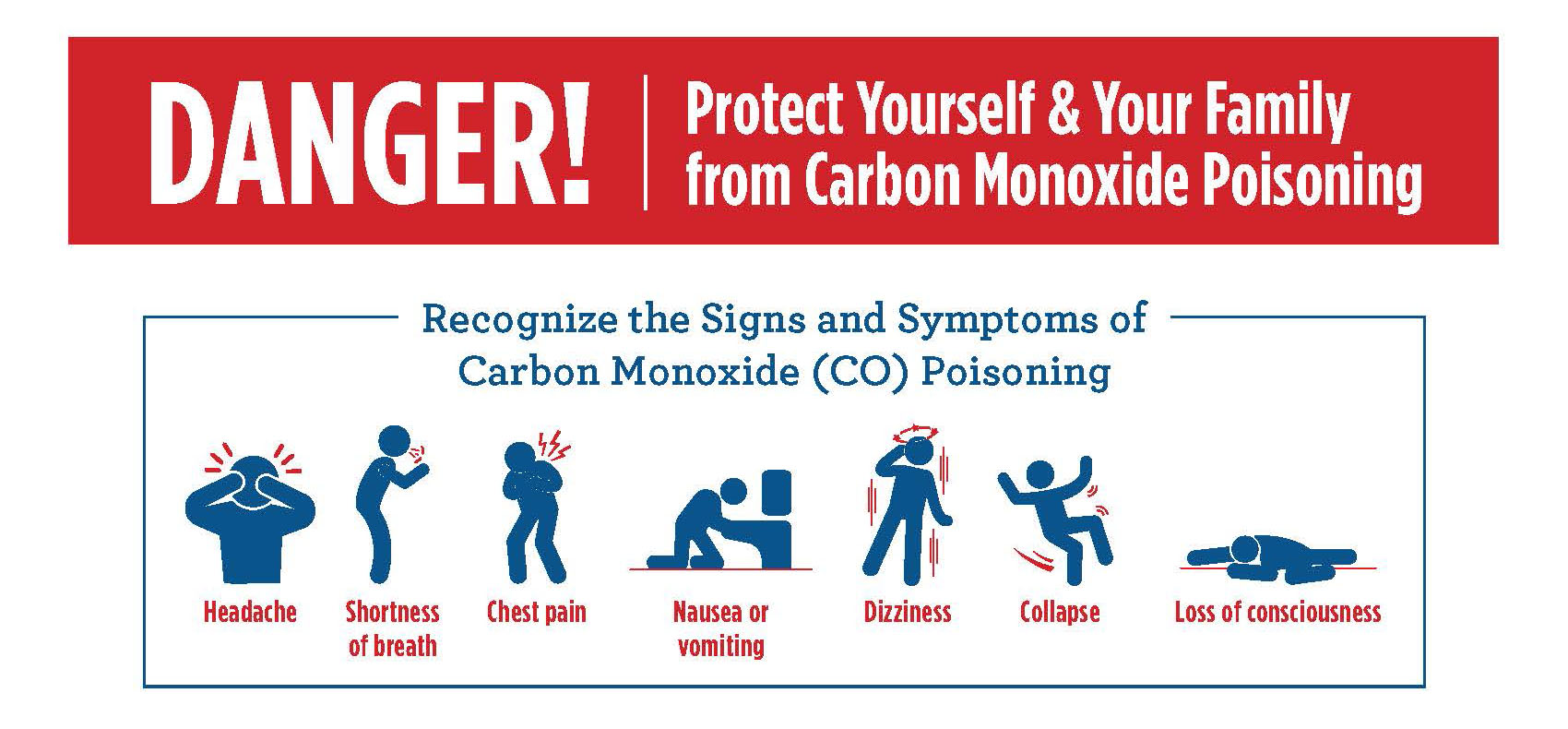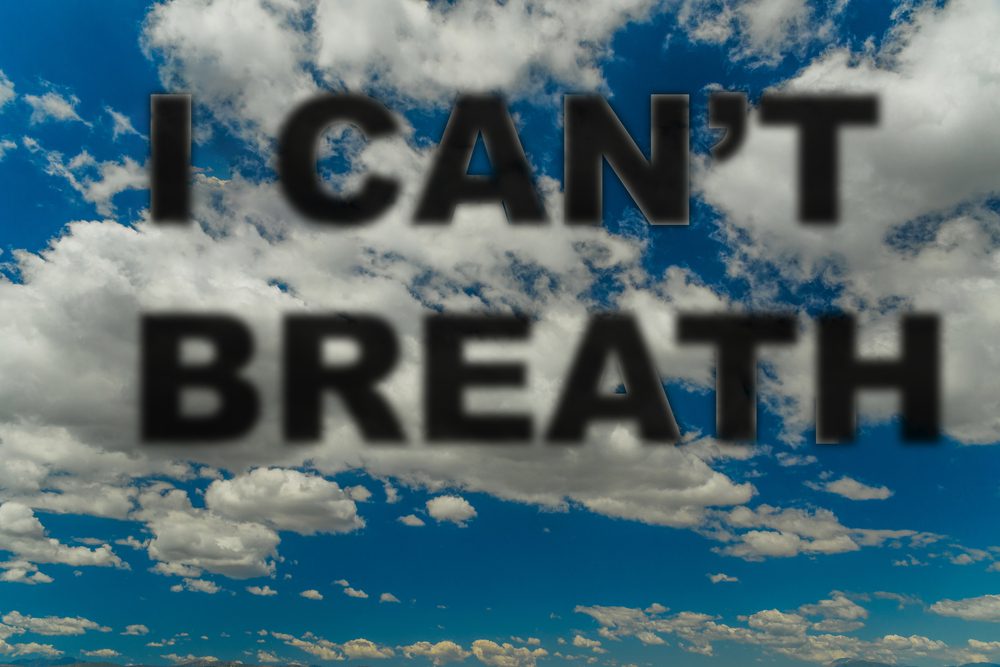Carbon monoxide poisoning Symptoms and causes
Table of Content
CO is described as a "silent killer" because CO is colorless, odorless, and tasteless but highly toxic. The diagnosis of acute CO poisoning depends on the history of exposure to a source of fire in a closed space along with the clinical and laboratory findings. Food Poisoning Food poisoning is common but can also be life-threatening. The symptoms of food poisoning are fever, abdominal pain, headache, diarrhea, nausea, and vomiting. Food poisoning has many causes, for example, chemicals and bacteria .
The best way to avoid CO poisoning is to follow safety guidelines. Place a CO detector in your home and have your gas appliances checked yearly. With the right precautions, you can keep yourself and your family safe and healthy.
Oxygen Chamber
Symptoms of carbon monoxide poisoning include nausea and shortness of breath. Buy a carbon monoxide detector for your home and make sure it works. Healthcare professionals can have difficulty linking symptoms to carbon monoxide poisoning. A doctor or nurse can take a blood sample and test it to determine the amount of carbon monoxide in the individual’s blood. Carbon monoxide levels above 70 parts per million typically cause more serious symptoms and pose health risks.

It had greater advantages for those with life-threatening carbon monoxide levels or with neurological symptoms. This article discusses the emergency treatment needed for carbon monoxide poisoning. This includes first aid steps, oxygen therapy at the hospital, and other treatment for complications.
Protect your purchase
Considering the patient will receive traditional oxygen administration during the waiting period, the benefit of a slightly faster treatment might already be lost. Plus, if multiple patients are affected by carbon monoxide exposure, only one at a time can be treated in the hyperbaric chamber. For instance, if you receive 100% oxygen, the elimination half-life of carbon monoxide in your blood would take 74 minutes. Half-life is a measurement of the time it takes to eliminate half of a substance in the body. For complete elimination of the carbon monoxide, it would take 370 minutes —about six hours. The basic treatment for carbon monoxide poisoning is to administer high-flow oxygen using a non-rebreather mask.

Symptoms and signs include a red, swollen, itchy, blistering, bumpy rash. Don’t run a car or truck inside a garage attached to your house, even if you leave the door open. CO poisoning needs to be treated right away by getting outside to fresh air and calling 911. Do not start or leave cars, trucks, or other vehicles running in an enclosed area, such as a garage, even with the outside door open. Generators, grills, camp stoves and other fuel-burning devices should never be used inside a home, basement, garage or camper.
What to do if you are exposed to carbon monoxide
Hyperbaric oxygen therapy may be used in cases of severe carbon monoxide poisoning. It helps protect heart and brain tissue, which are particularly vulnerable to injury from carbon monoxide poisoning. Hyperbaric oxygen therapy may also be recommended for pregnant women because unborn babies are more susceptible to damage from carbon monoxide poisoning. In many cases, hyperbaric oxygen therapy is recommended. This therapy involves breathing pure oxygen in a chamber in which the air pressure is about two to three times higher than normal. This speeds the replacement of carbon monoxide with oxygen in your blood.
Rod Brouhard is an emergency medical technician paramedic (EMT-P), journalist, educator, and advocate for emergency medical service providers and patients. Have your heating system, water heater and any other gas, oil, or coal burning appliances serviced by a qualified technician every year. Every year, at least 430 people die in the U.S. from accidental CO poisoning. Approximately 50,000 people in the U.S. visit the emergency department each year due to accidental CO poisoning. There are steps you can take to help protect yourself and your household from CO poisoning.
Hyperbaric therapy could possibly be helpful, especially in cases of severe poisoning, but there's no reason to fret if it isn't readily available. If the person is unresponsive and isn't breathing, start CPR right away. Continue until they breathe on their own, someone else can take over CPR, or paramedics arrive. If you're alone with the person, do CPR for two minutes and then call 911. Thank you for taking the time to confirm your preferences.
The test doesn’t show how severe the poisoning was or if you’ll have long-term health problems. You may notice shortness of breath, dizziness, nausea, lightheadedness, and headaches. Sometimes carbon monoxide poisoning feels like you have the flu. As already mentioned, carbon monoxide has no smell or color, and sometimes its presence can go unnoticed. There are some typical symptoms, however, that people get within minutes of being poisoned, when the concentration of the gas is very high. In other cases, they may be absent or not always obvious, especially during low-level exposure.
Using barbeques or camping stoves inside, and turning on vehicle or lawn mower engines in your garage, can also cause a build-up of carbon monoxide. They may get worse when you spend time in an affected room or building and get better when you leave or go outside. Poison Ivy, Oak, and Sumac Poison ivy, oak, and sumac contain a substance called urushiol, which causes a rash on people who come in contact with them.

CDC works with national, state, local, and other partners to raise awareness about CO poisoning and to monitor CO-related illness and death surveillance data in the U.S. “It is very important to have carbon monoxide detectors on every level and working smoke detectors,” said Nadeau. There were no carbon monoxide detectors anywhere in the Lawrence Street building, and all smoke detectors had been removed. Most states require carbon monoxide alarms in newly constructed or remodeled homes, and nearly 30 states require them in some or all existing homes.
The most common symptoms of CO poisoning are headache, dizziness, weakness, nausea, vomiting, chest pain, and confusion. People who are sleeping or who have been drinking alcohol can die from CO poisoning before ever having symptoms. Hyperbaric oxygen therapy also can be provided in a large room. In this case, the affected person receives oxygen through a lightweight, clear hood. In an individual, also called a monoplace, hyperbaric oxygen unit, an affected person rests inside a clear plastic tube and receives treatment.

Comments
Post a Comment